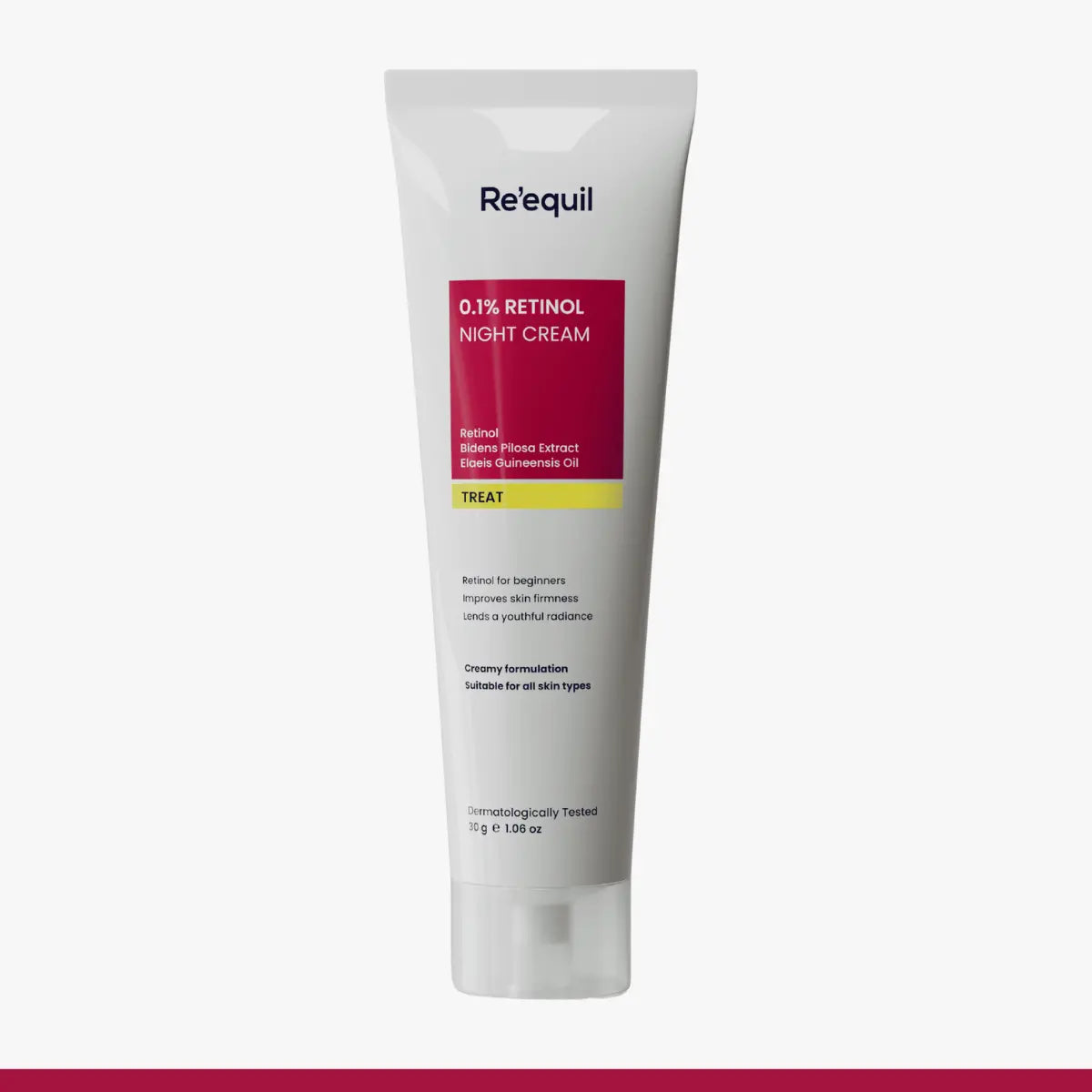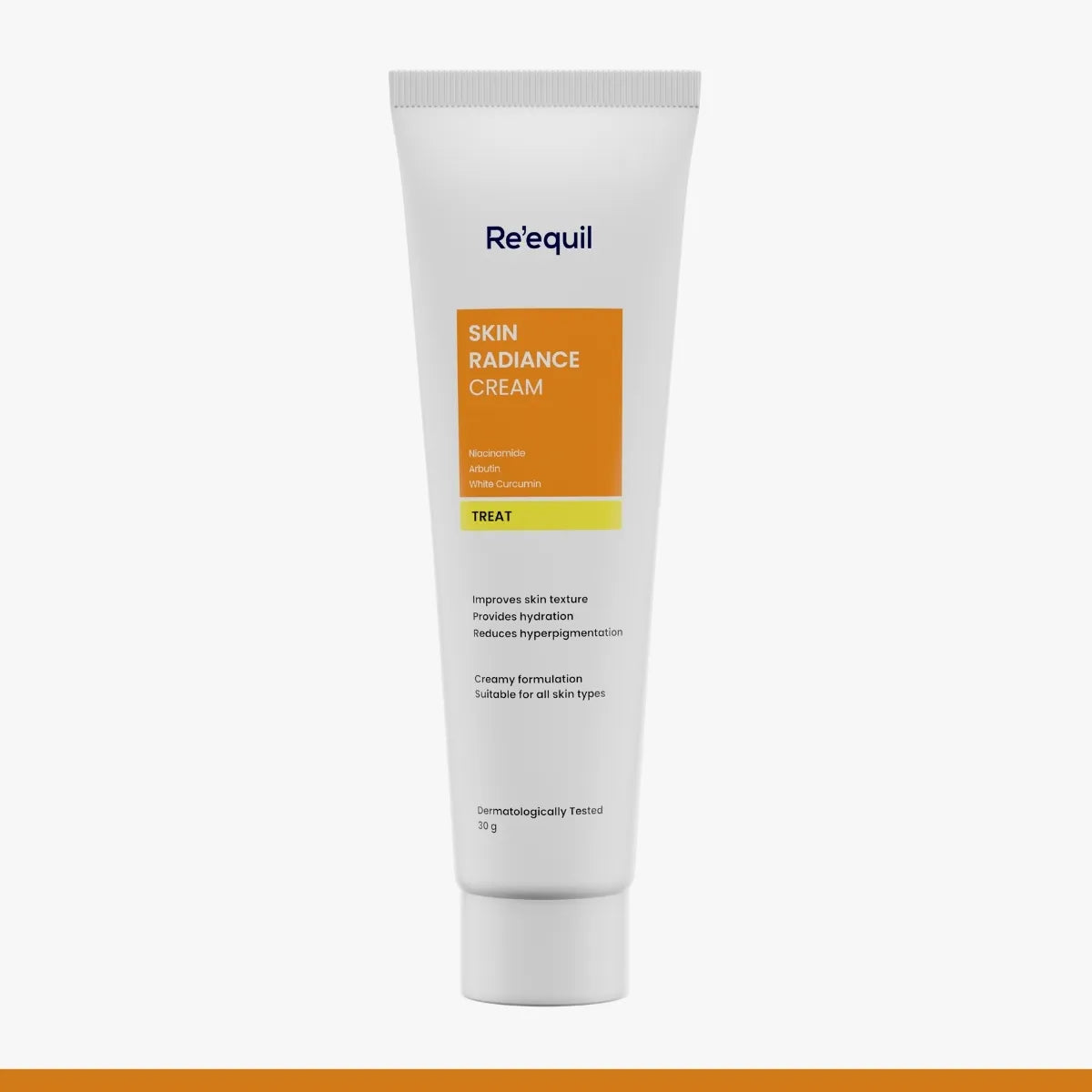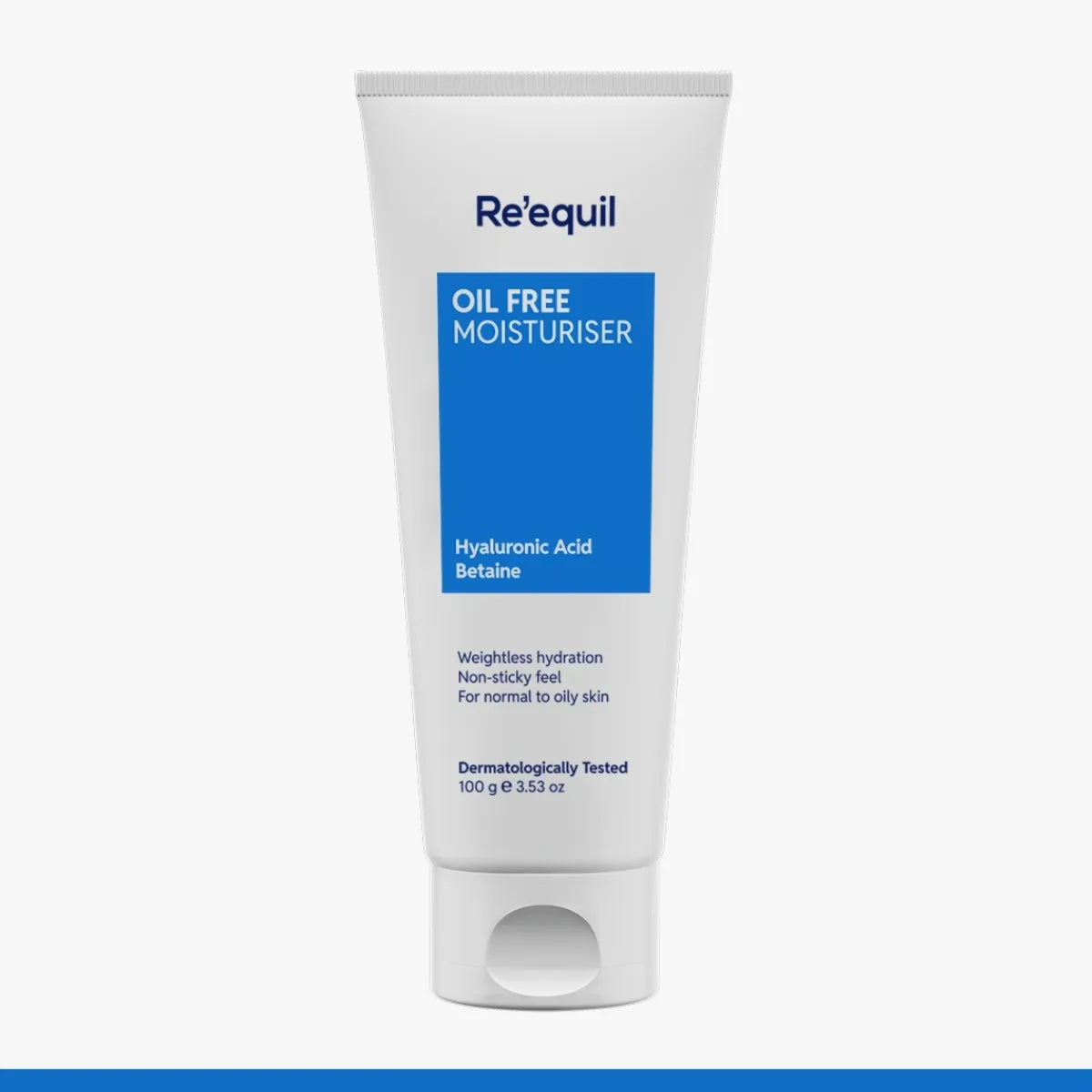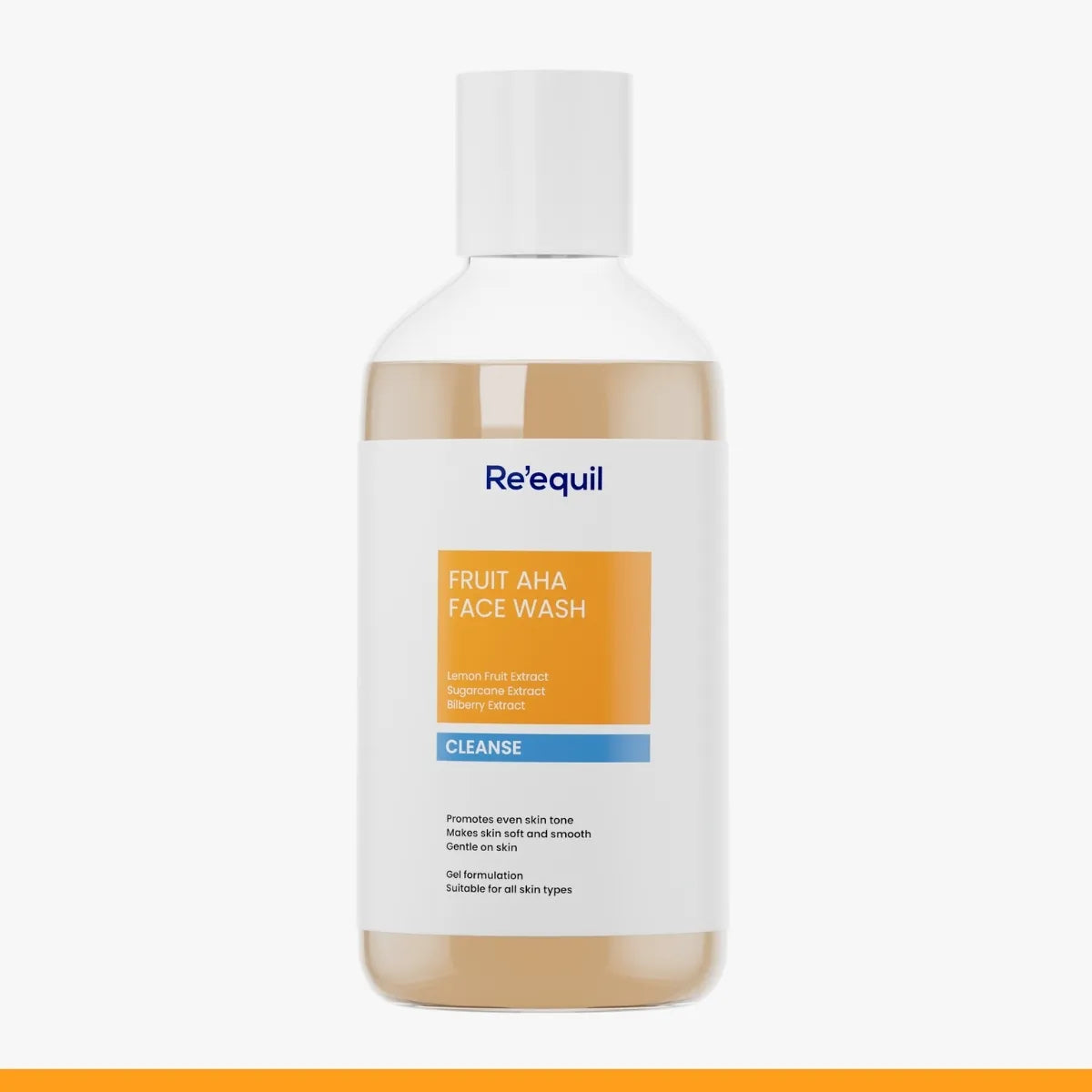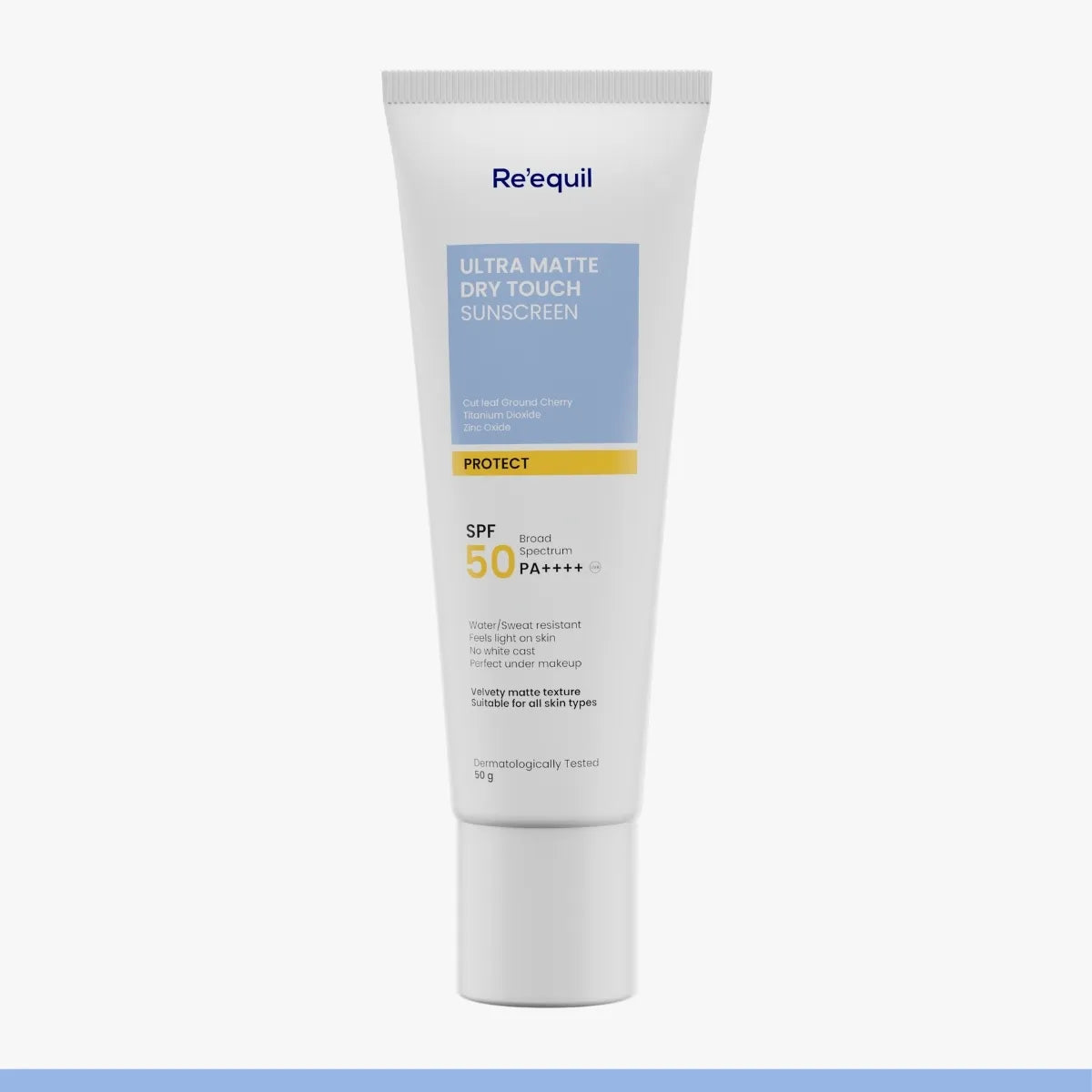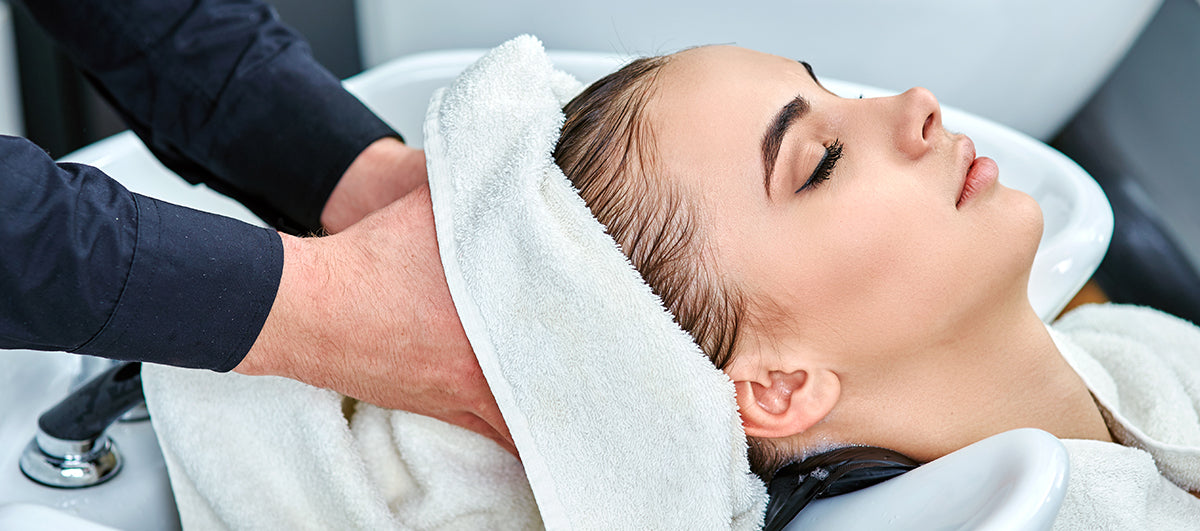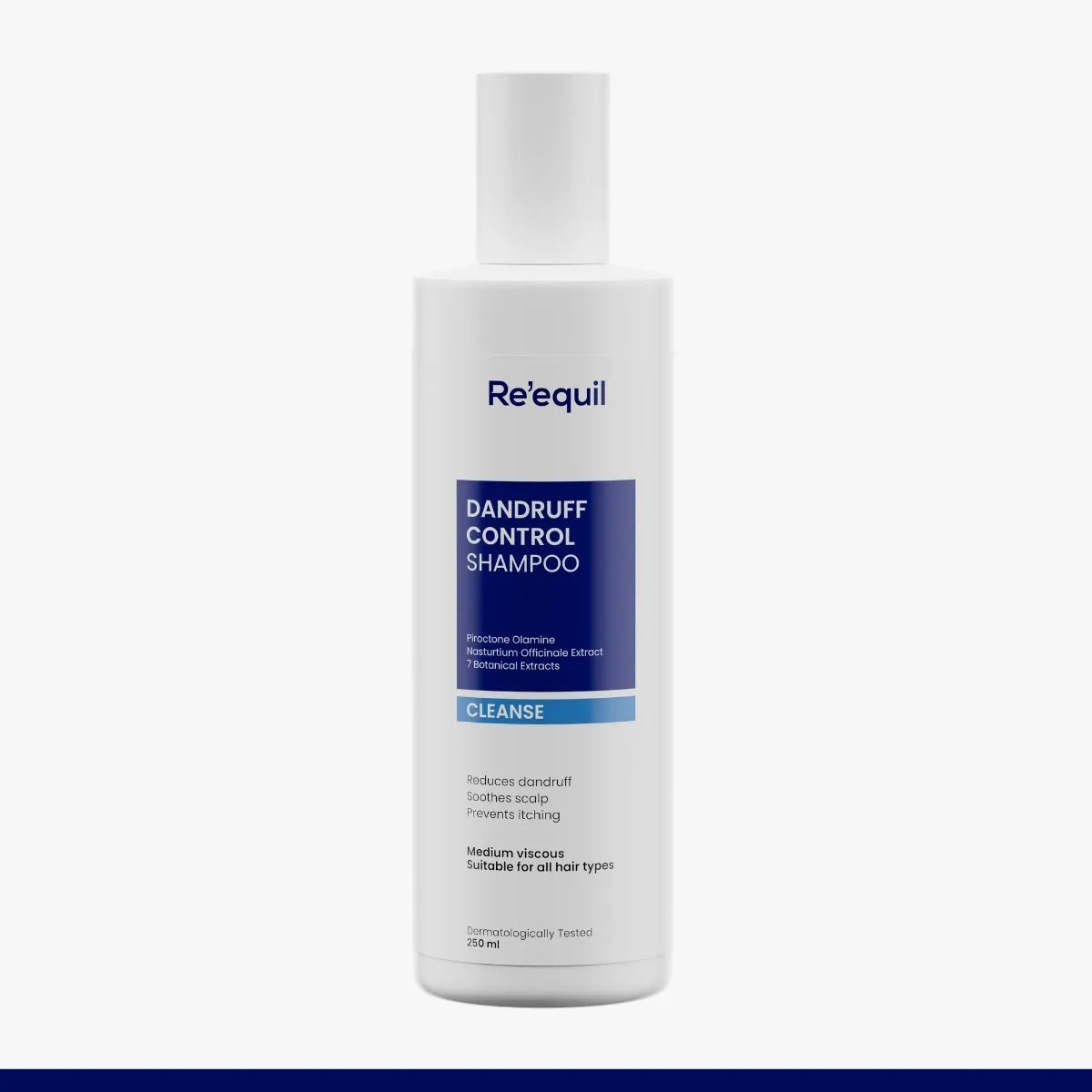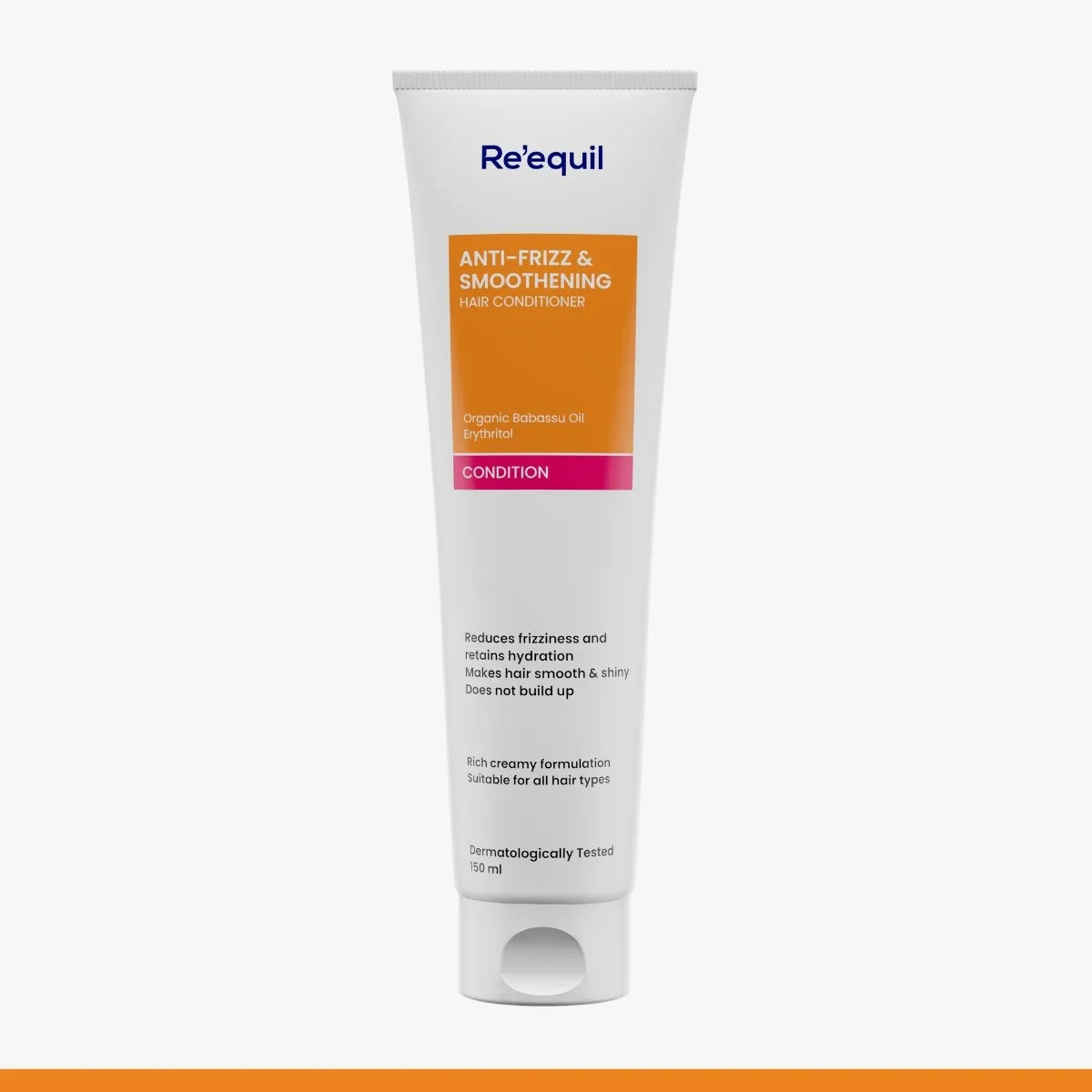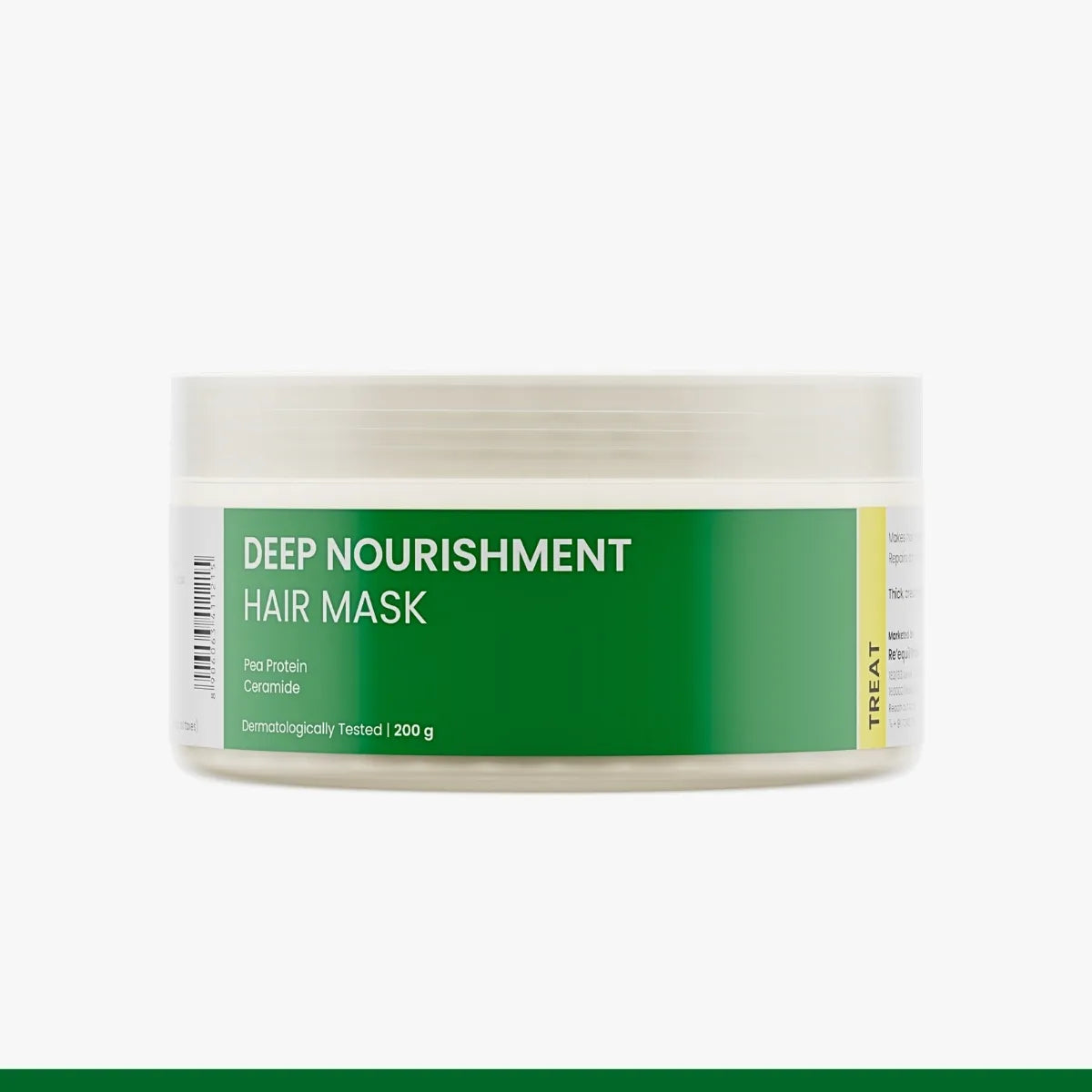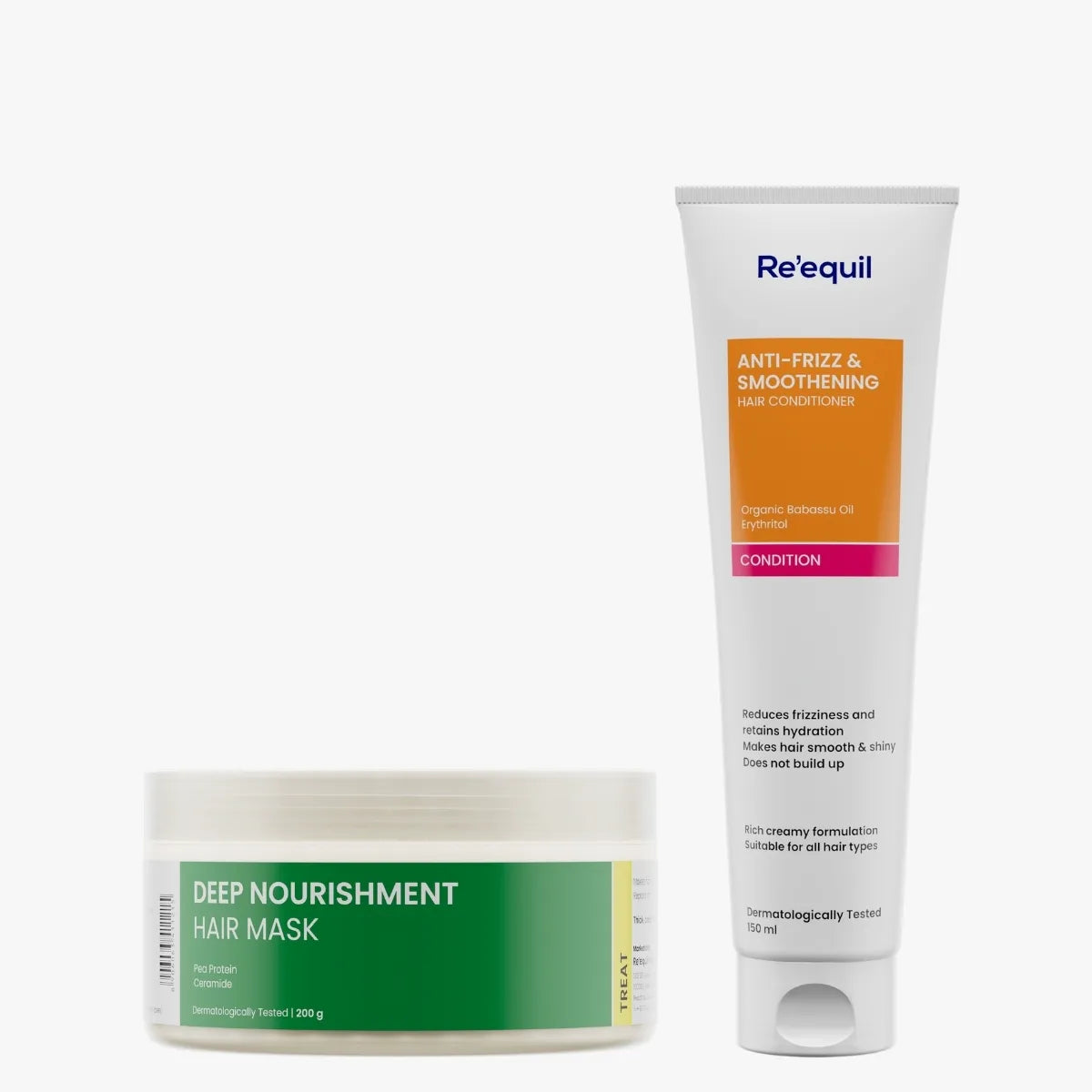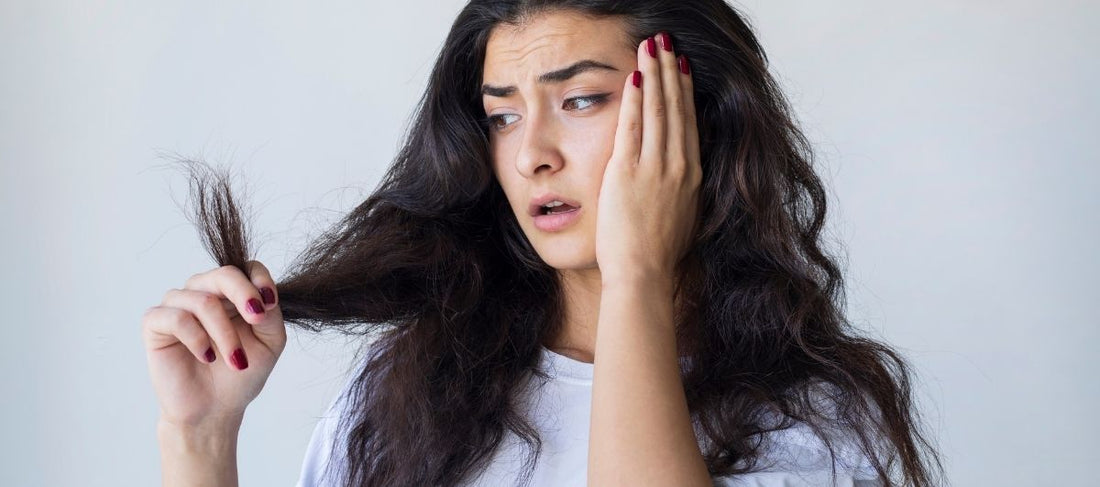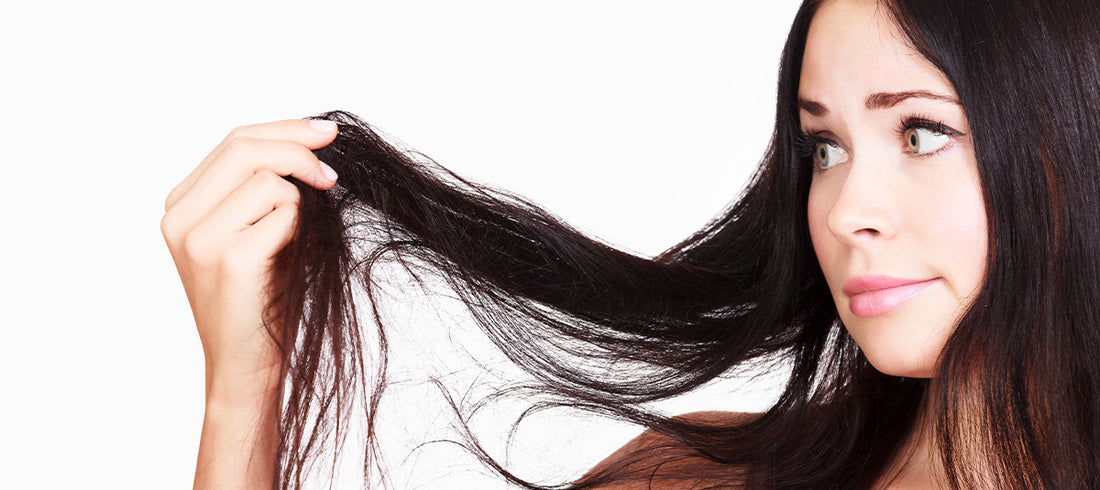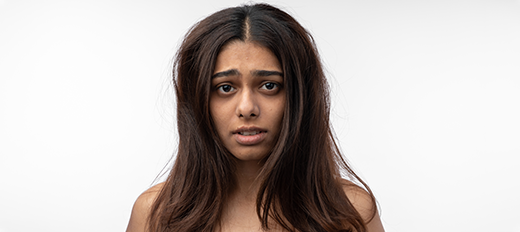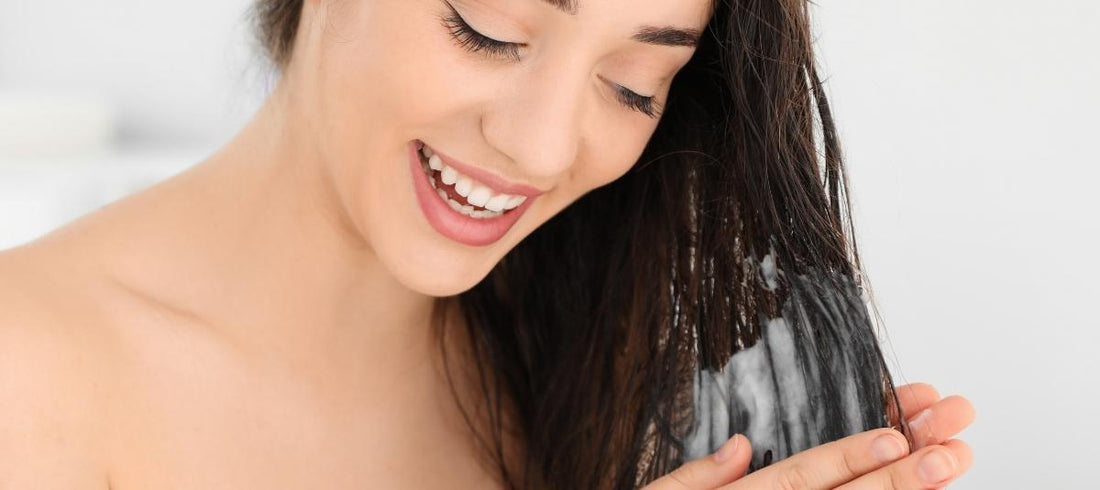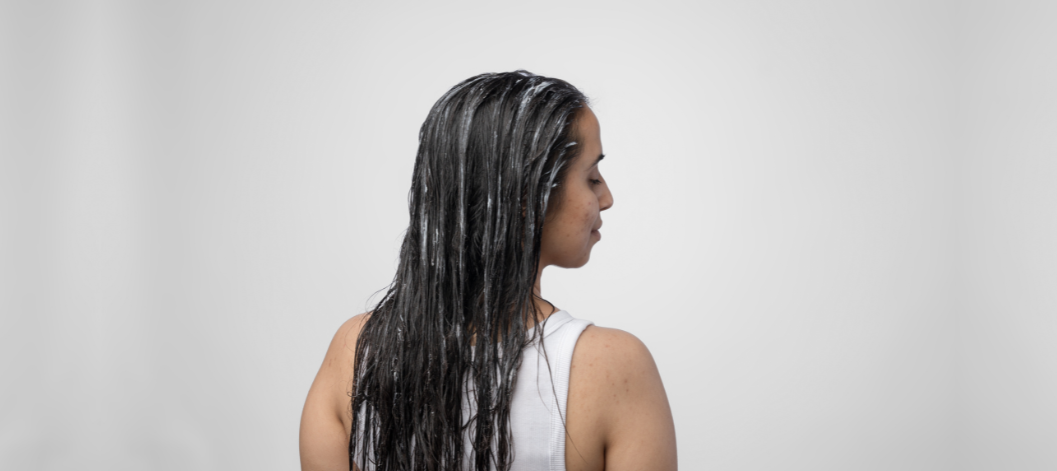Stressing over dry, brittle, and dull hair with split ends?
It's time to give your hair the much-needed attention and revive your dull and damaged hair with a simple hair care routine that is effective.
Despite the usual haircare routine, an essential step to lustrous healthy hair commences with revitalizing hair spa therapies.
Generally considered a one-stop destination for dry, damaged, rough, and breakage-prone hair, a good hair spa-
- Strengthens the hair follicles
- Aids in the natural re-growth of damaged and broken hair
This is done by particularly reviving the scalp and hair roots.
But do these hair spas inculcate procedures that are 100% natural and chemical free?
Would they specifically suit your hair type?
Well, days of speculating or relying solely on a solidarity approach for hair treatment are long gone. Knowing what treatments would help your hair is just as vital as what ingredients you choose to apply to your scalp.
Doing your research before experimenting also becomes a big part of maintaining healthy hair.
Read on to browse through the top five advantages and disadvantages of hair spas.

Advantages of Hair spa
1. Enhances blood circulation
Adequate blood flow is essential for the nutrients to get absorbed into your scalp and ultimately give your hair a strong, healthy, and lustrous appearance.
This is the reason that head massages are a critical step in hair spa treatments. It strengthens the hair roots and follicles and reduces hair loss.
2. Removes impurities and unclogs pores on the scalp
If dead skin, perspiration, and oil are not removed, the pores on the scalp tend to get clogged, which can result in a variety of hair problems, including hair loss, itchiness, and boils.
A hair spa treatment aids in pore cleaning and unclogging, resulting in clean and healthy hair.
3. Repairs damaged and frizzy hair
We all detest frizzy hair. They are hard to manage and not very appealing. A hair spa treatment is without a doubt the greatest approach to fix that.
A spa treatment infuses essential nutrients into your hair strands that help condition and replenish the low moisture levels of your hair. The result is a smooth, silky, and frizz-free look.
4. Controls scalp oil production and remove dandruff
A good hair spa treatment controls the amount of oil produced by the sebaceous glands present in the scalp.
This can lead to clogged pores filled with dead skin cells, dust, and dirt, which ultimately leads to hair loss. At the same time, the scalp cannot be left too dry for it can lead to-
- Dandruff
- Itching
- Dull Hair.
Consequently, controlling scalp oil production is essential. For your hair to not look excessively greasy or overly dry, a hair spa treatment might just come to the rescue.
5. Decreases stress
Mental stress is one of the most prevalent issues in today's society. This type of issue is brought on by unhealthy lifestyle choices, pressure at the workplace, and numerous other unrelated factors.
A spa visit entails massaging of the scalp that can help unwind and help release the unnecessary build-up of tension in your head and shoulders. In fact, doing so, undoubtedly makes you feel more rejuvenated and increases your day-to-day productivity.
Disadvantages of Hair spa
1. Leads to fading of hair color
The occasional fading of hair color due to hair treatment is one of the main drawbacks of hair spas.
Depending on the quality of the hair color, there is a tendency for the hair color to fade away, when exposed to washing and steaming. It is best to discuss with a hair spa expert in advance.
2. Might cause more hair fall
The products used in a hair spa are highly crucial for hair health. Sometimes, hair spas employ harsh chemicals such as shampoo, hair masks, serums that might not be suitable for your hair type and can result in severe hair loss.
It is important to consult a doctor or hair spa specialist before booking a hair spa appointment.
3. Increase in scalp dandruff
Regardless of the fact that hair spa treatments are among the greatest remedies for dandruff, the chemicals in hair spa products can sometimes exacerbate the condition.
At times, there is the interaction between the chemicals and the scalp oil triggering dandruff and dead hair cells.
4. Depending only on a hair spa is not the solution
Your hair care routine cannot be justified solely by a hair spa. What’s equally critical is maintaining a diet rich in essential nutrients like nuts, avocados, spinach, oats, green peas, and other foods rich in iron, omega-3 fatty acids, beta-carotene, etc.
In order to prevent hair damage, you should also exercise other preventative measures, such as limiting your hair's exposure to heat, maintaining a nutritious diet, and using gentle and non-comedogenic hair products.
5. Time-consuming and might not be pocket friendly
To actually reap the benefits of a hair spa requires commitment and consistency; this can highly strain your budget limit.
In addition, it requires investing long hours of sittings, say about an hour and a half, at least, post which you cannot go for a blow dry, so that an additional hour. Honestly, that's too much to ask from a working individual.
What is an alternative solution for rough & damaged hair other than a salon hair spa?
Looking for a cost-effective, streamlined, and hassle-free alternative to hair spas?
We have it covered with a simple two-pronged approach:
Conditioners
The foundation of any hair care regimen is effective conditioning. One needs to replenish and hydrate the hair strands after shampooing in order to strengthen the hair follicles.
Oils, nutrients, humectants, and emollients are some of the basic ingredients that make up an effective moisturizing therapy.
These substances assist in locking in moisture causing the split ends and damaged hair to repair, giving out a rejuvenated, shiny, and smooth appearance.
Before you transit the salon’s long waiting hours whilst straining your budget and risking getting the desired results, why not opt and invest in a suitable damage repair hair conditioner and anti-frizz and smoothening hair conditioner at home?
Some of the essential factors that should not be compromised while choosing a conditioner are-
- Silicone free
- Protein-rich and non-comedogenic
- Paraben-free and dermatologically tested
An effective hair conditioner is got to be a perfect concoction of premium high-quality natural ingredients.
Be sure to look out for these components for optimum results in your hunt for a suitable hair conditioner.
Ingredients to look for in your hair conditioner
1. Murumuru Seed Butter
It is one of the best natural butter for hair health. Unlike thick butter and oils, it is lightly textured and thus capable of being absorbed into hair without clogging scalp pores.
Owing to the high content of oleic acid and lauric acid, it repairs split ends and eliminates frizzy fair. Some of the vital benefits are-
- Provides amazing slip and bounce
- Makes hair soft and smooth
2. Babassu Oil
This oil is rich in essential fatty acids, frequently used in conditioners, hair treatments, and scalp care products. It tends to permeate tightly packed hair cuticles and aids in moisture retention. It is a fantastic hair emollient with benefits like-
- Moisturises and detangles hair
- Prevents breakage and promotes hair growth
- Frizz-free hair
- Protection again sun exposure and UV damage
3. Hydrolyzed Pea Protein
Hydrolyzed pea protein is enriched in vital amino acids which enables the smaller protein particles to adhere to the hair, linking together to form a protective structure that delays cuticle damage while boosting hydration and moisture retention of each strand. Benefits include-
- Improved hair density
- Reduces hair loss and thinning
- Improves hair hydration
Hair Masks
Compared to a typical shampoo or conditioner, hair masks go deeper into the scalp to provide total nourishment from root to tip.
Steer away from damaged hair with pea protein and ceramide hair mask. Hair masks usually function by repairing, moisturizing, and flattening the elevated cuticles to give hair a flawless velvety texture.
Ingredients to look for in your hair mask
Make sure to be on the lookout for the following ingredients to attain optimum results-
1. Pea Protein
The essential amino acids included in pea protein serve to create a protective structure around hair strands, preventing breakage and split ends. Moreover, it can increase the hydration of each hair strand.
2. Ceramide IIIB
This saturated fatty acid can repair damaged hair and shield it from UV damage and chemical deterioration in hair care formulas.
3. Behentrimonium Methosulfate
Made from rapeseed oil, this ingredient work wonders on hair as a conditioner and moisturiser giving out a frizz-free and softened hair texture.
4. Linoleoc acid
Sunflower and argan oils, which are rich in linoleic acid, help encourage hair growth and can be used as a natural alternative to hair loss. Arachidonic acid, an omega-6 fatty acid also encourages the expression of numerous factors involved in hair development.
Tips to remember when creating your hair care regime
- Use mild shampoos and deep condition your hair.
- Fortify diet with vitamins/minerals and increase water intake.
- Invest in DIY hair masks such as aloe vera, avocado banana, egg, and lemon.
- Research thoroughly and browse through the ingredient list.
- Choose sulfate-free and paraben-free products.
- Adopt cold water rinse and avoid heat styling.
- Use a microfiber towel to avoid tangling.
The five fundamentals of a healthy hair care routine regardless of the kind and texture include-
- Washing
- Moisturizing
- Deep Conditioning
- Low Manipulation/Protective Styling
- Covering with a satin cap before napping
Take Away
Establishing a hair care routine is similar to initiating one for your skin. The only thing about self-care is consistency and investing in products that are non-comedogenic and free from harsh chemicals.
We may infer from the aforementioned post that hair spas have both advantages and disadvantages and that they are highly nourishing for healthy hair and scalp.
But in order to observe significant change, it is also essential to incorporate a healthy lifestyle approach and exercise regularly to promote hair health.
Little drops make the mighty ocean. The bottom line is, your hair needs to be pampered whether it’s through hair spas, conditioners, or hair masks - Always better when based on clinically proven scientific formulations and well evaluated by dermatologists.
